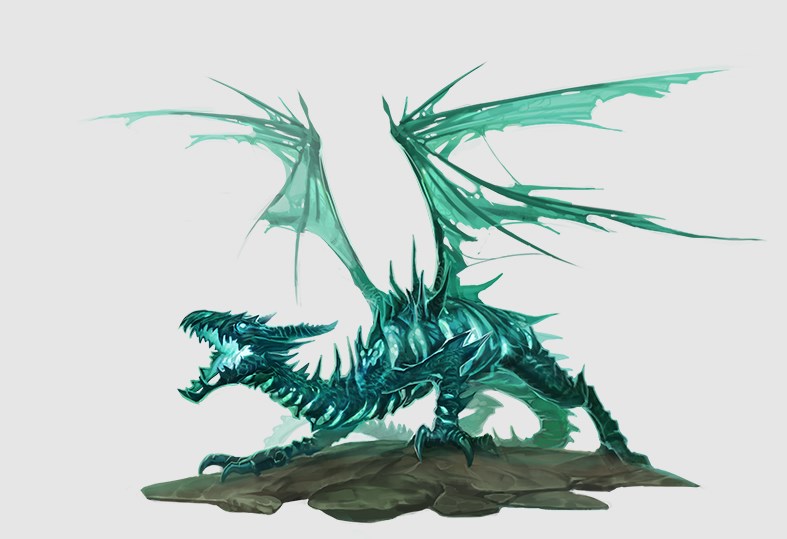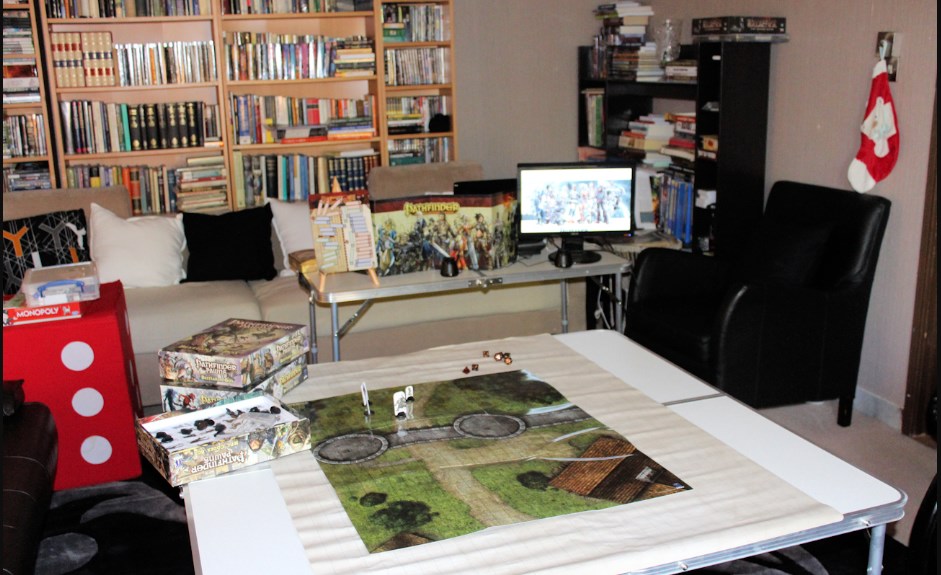
Getting a table together for Pathfinder can be hard, especially if everyone is new. A lot of people will be nervous. For some, a tabletop game will be an entirely new experience. As a GM, you want the experience to be fun. If you’re new to GMing or are making your first homebrew, here are 15 ideas. These can work for either the 1st or 2nd Edition.
15. Enforce the Out-of-Character Rules

There are more rules to the game than just the rulebook. And granted, most of them are common sense. Rules like showing up on time, being respectful to other players and their things, and not using role-playing as an excuse to engage in hateful conduct like using ethnic/sexual slurs (it’s extremely rare but it does happen) are all basic but they are important to enforce. Especially if you’re running the campaign in a public place like a card shop. Depending on the player’s maturity level and the circumstances, you may be able to resolve the situation with a warning. Most players are reasonable and most violations of the rules are accidental so they’ll clean up their act. But for people who for whatever don’t want to heed the warning, you will have to put your foot down.
If there’s one thing that can derail a game, it’s people not respecting these sorts of common sense rules. It usually leads to drama that festers and escalates. If the conduct violates the rules of the place you’re gaming in, you will be thrown out. Putting rules in place and enforcing them will help everyone’s gaming experience.
14. Maintain a Comfortable Space

Tabletop games require a lot of room. If you’re not doing theater of the mind, you’ll need space for big maps. Players will bring laptops, figures, dice, and books. At some point, food will probably be ordered. And at some point, a bathroom break will be needed.
As GMs and players, we all have to do our part to make our spaces comfortable. A gaming space has to have enough chairs for everyone and have enough distance between them so that players aren’t all squished together. We all need a bathroom. And everyone needs to dispose of their garbage.
This is important because everyone has their comfort level when it comes to personal space. Being scrunched up together isn’t comfortable. A lot of people with laptops want to have their own space in case people bring food and drink. Plus, keeping the space clean shows respect to the establishment you’re gaming in.
13. Stick to your Rules In and Out of Character
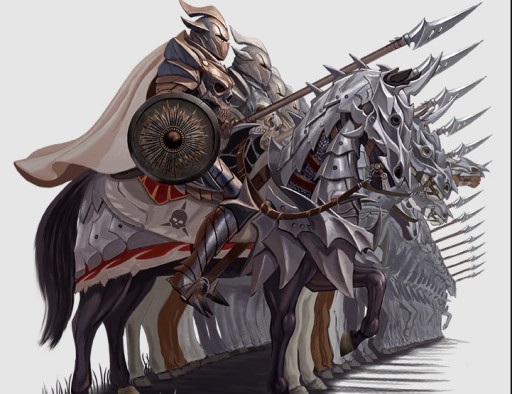
One of the hardest things for a GM to do is to be consistent with the application of the rules. Sometimes you find that a player’s character is too broken. Sometimes, you don’t want to tell someone they aren’t welcome at the table. But if it comes down to it, you have to stick to the rules.
This will mean enduring the broken character. You can ban a character after it dies or your campaign ends. But as a GM, you can’t unilaterally ban a character that’s allowed by the rulebook simply for being too difficult to kill. You can have players run things by you before the game starts. But once you allow a character in the game, it’s in until it dies.
Out of character, you have to apply the rules evenly, even if it’s painful. We all like to give our close friends and relatives chances. But there comes a time when giving people leeway turns into playing favorites. To keep things fair, you have to put your foot down on rulebreaking, even if it’s by someone you like.
GMs who play favorites or bend the rules to suit their needs often find themselves without a group very quickly. People don’t like it when GMs play favorites or veto characters unilaterally. It’s not fun, and it causes tension.
12. Use Templates
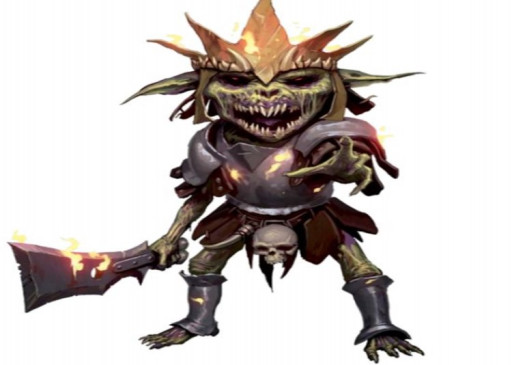
Now that we’ve gotten all the out-of-character stuff out of the way, let’s talk about the ways you can make things fun in the game. Monsters and combat are integral parts of Pathfinder and there’s an ever-expanding roster of monsters to fill all your monster needs. But there are ways you can improve the classics.
Monster templates are one such way. Instead of increasing numbers or HP, a template adds a new challenge. Templates increase base stats and add new abilities to the monster. They also add new weaknesses and resistances to monsters.
There are various kinds of templates. Some can go with nearly any monster. An undead template can be added to goblins to make them undead goblins. If you’re dealing with elemental planes, you can also add elemental to monsters that don’t have them. These are ways to make monsters more challenging.
This works because it makes monsters more interesting. Why have goblins when you can have undead goblins? Many of these templates can go with any monster so there are plenty of options.
11. Don't Rely Too Much on the GM PC
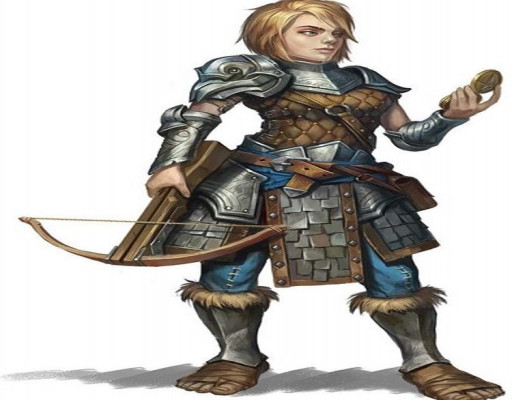
Game Master Player Characters (GM PCs) is a divisive topic in the tabletop game community. Used right, they can be an asset. If used wrong, they can ruin the game. The key is balance.
The key thing to remember is that the players, not the GM, are the stars of the show. Overuse of the GM PC either makes the party irrelevant or turns the entire game into an escort mission. Make the GM PC too strong, it steals the show. Too weak and it becomes a burden.
The best use of the GM PC,if you want to use one, is for tutorial and exposition purposes. You can use them as support characters to make the first couple of encounters easier while the players get their feet wet. You can also use them to get the party up to speed on the world of the game and the story you’re trying to tell. Once that’s done, you’ll want to send the GM PC off either by death or by sending it on an errand that necessitates it being away.
By making the GM PC temporary, you’ll make sure that the players remain the stars of the game. You’ll give them the necessary tutorial and exposition while making sure the players don’t rely on or become burdened by its presence. Of course, it’s possible to do all this without a GM PC but some find it to be more immersive to have a character deliver the exposition.
10. Understand your Audience
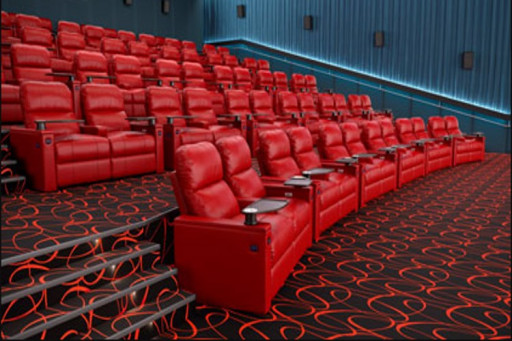
Every party is different. Some people want different things out of their gaming experience than others. Some people have different tastes than others. And with certain players, some concepts might not be appropriate. You’ll have to get a feel for your audience.
This means getting to know your audience. Learn why they play Pathfinder and what they want out of it. And learn what their limits are.
This takes time but there are some safe assumptions you can make. If you’re dealing with kids, you may want to avoid gory horror. If there are women or people you know who have been victims of sexual violence in the group, you probably want to avoid the old “the bad guy is bad because he rapes a lot” cliche,
Adding a dash of this type of common sense, along with time spent with the group, will allow you to make your story more fun. And you won’t drive off your party by adding in story elements they don’t like. Don’t forget to solicit feedback.
9. Vary your Environments
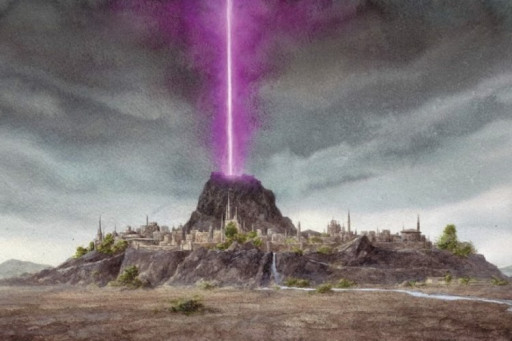
The beauty of Pathfinder is that there are a lot of different locations. Most of which have different themes. Each location lends itself to a different style and different settings. It also leads to different monsters and challenges.
If you’re doing Organized Play, this is easy enough, since you can go to different places each week. If you’re doing a homebrew campaign, you may have to create scenarios that take your party to a different environment. If you’ve been traveling through a forest for a few sessions, you may want to send them on a mission elsewhere like the tundra or one of the various planes.
Varying the environments allows the players to experience more of the game’s world. It also allows you to create new challenges. Some characters are better suited to some environments than others. Changing things up keeps players engaged.
8. Give Every Character a Chance to Shine
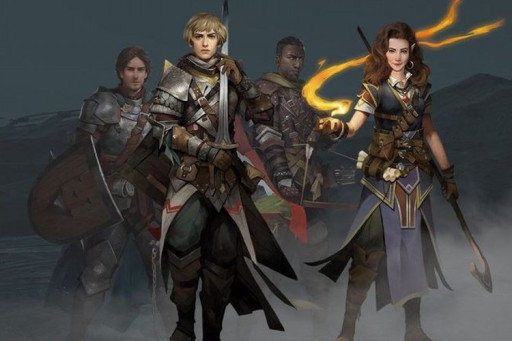
There’s nothing worse than feeling like you’re not contributing anything to the team. As a GM, part of your job is to make sure every character has a chance to take the spotlight, luckily this can be pretty easy to do.
Giving every character a chance to shine is exactly what it says on the tin. Create different challenges that cater to different skill sets. If everyone has a story to brag about, you’ve done your job.
Usually, it’s a matter of creating different challenges. Combat will provide plenty of spotlight for the fighters and casters. Traps will provide chances for rogues to be awesome. And social encounters will give opportunities for characters who excel at talking and roleplay to take the wheel.
By doing this, everyone will have fun.No one will feel like they’re just taking up space. Plus, it will avoid placing all the pressure on one player.
7. Big Encounters Should have Big Rewards
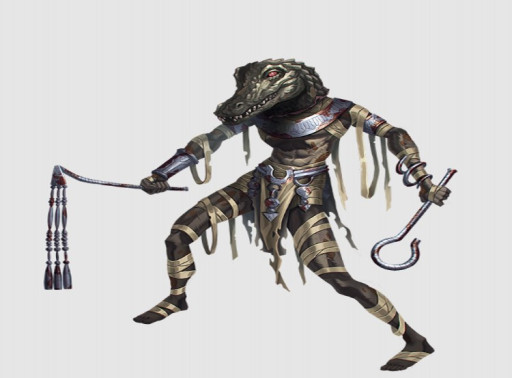
If you want your party to deal with that big optional encounter, it needs to be worth their time. One of Organized Play’s biggest failings is that the more difficult optional encounters have no real rewards. They’re a waste of party resources.
Resources, especially at lower levels, are limited and a lot of players don’t want to get into more encounters than necessary. A big optional encounter is often a gamble. If it doesn’t have a reward, it’s just a waste of time.
The key is offering a reward. Maybe it’ll be some additional experience, gold, or an item. It doesn’t have to be a strictly material reward. It can be information about the main antagonist’s weakness, a key piece of information about a puzzle, or a place to rest and restore resources.
By making sure these more difficult encounters are rewarding, you’ll make your players will seek out challenging encounters rather than avoid them.
6. Actions Should have Consequences
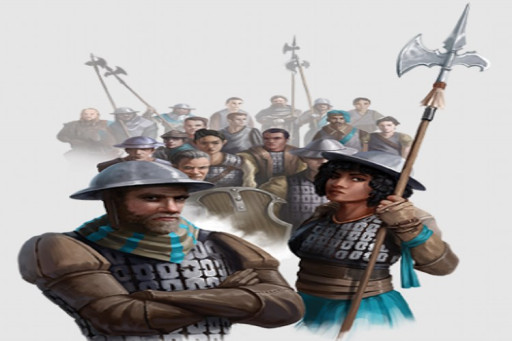
The world of Pathfinder is a dynamic one. The players have a hand in controlling their destiny as well as the world’s destiny. However, some people may be inclined to do whatever they want. While they should be able to do this, it shouldn’t come without consequences.
Like the real world, actions can have impacts both short and long-term. Even well-intentioned actions can have consequences that reverberate through your campaign. If they didn’t, it wouldn’t be as fun.
If you’re doing a homebrew, you have to come up with consequences. For example, if your party takes out a bunch of gangsters, the city guard might like them. It’s equally possible that the city guard might not care for vigilantism. If they have a criminal reputation, they might lose points in diplomacy, pay higher prices, or be banned from towns entirely. On the other hand, a party with a stellar reputation might get benefits but be the targets of criminals who want to make a name for themselves.
By making consequences meaningful, the party has to think through its actions. They can’t just kill and steal for fun. They’ll also have to find new ways to solve problems.
5. Allow Multiple Solutions to Problems
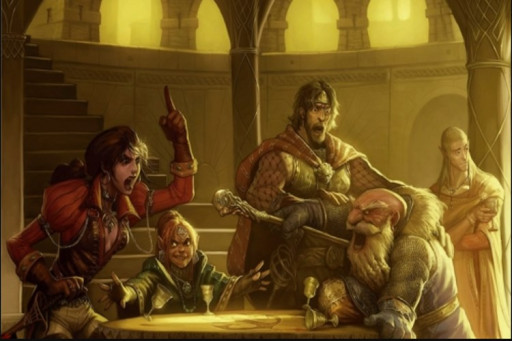
Speaking of problem-solving, Pathfinder has many different skills. And there are many types of problems. While some books have specific skill checks written out, you should always allow multiple solutions.
Because parties have different skill sets, it’s important to let them try and use them. Even if it doesn’t result in the intended solution to your puzzle or encounter. This lets the party’s choices at character creation and leveling up feel meaningful.
For example, sometimes there might be a party member that can use diplomacy to talk his way out of an encounter. They’ll have the language. They’ll have a high diplomacy score. Why not let them try?
Allowing for multiple solutions lets the party’s choices feel impactful. If you’re doing a homebrew, it could also take a story in a new direction. Maybe use the “actions having consequences” idea above to show the result of these creative choices.
4. Allow the Players to be Creative
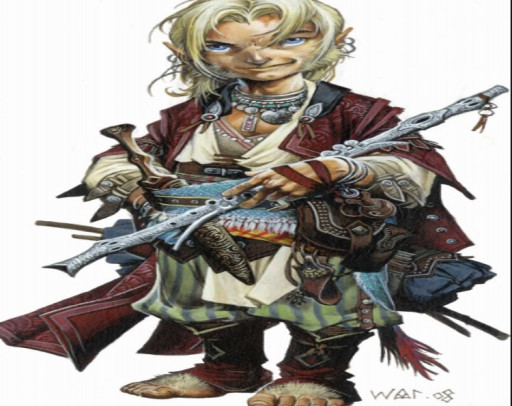
Pathfinder is all about creativity. Everything from character creation to roleplay is all about creativity. As a GM, you should encourage it.
This is pretty simple. A party encounters a problem but doesn’t have a way to get around it in the way you or the book intends. Someone proposes a different solution. Maybe a different one from the book or your intention, but you should encourage it if it seems reasonable.
For example, in an adventure I was in, we were having trouble with the door to a witch’s tower. My rogue didn’t roll high enough. But the sorcerer used Create Pit to tunnel under the door.
Was this in the book? No. Was it funny and creative? Yes. This is the type of thing a good GM encourages because it’s fun.
3. Make Sure the Loot and Rewards Suit the Characters
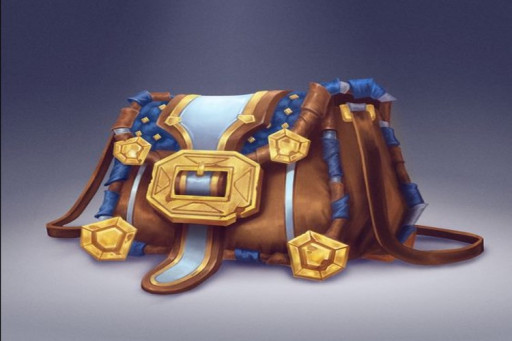
There were a lot of books and scenarios that were written early in the first edition that don’t have good loot for later classes. As the 2nd Edition goes on, this problem will likely repeat itself. As a GM, you can adjust the rewards.
As a GM, assuming you’re not doing Organized Play, you have the option of changing the rewards for encounters or found treasure. This may be necessary as a common way for players to power up while they’re not in town is from loot obtained in dungeons. Since it can be a few sessions between towns, giving your players good loot is essential.
The simple way to do this is to look at the book’s loot and see what items the party’s classes use and try to give them something of relatively equal value. Keeping the characters from getting overpowered is a chore but you don’t want them underpowered.
You don’t want players to think their class is unviable because they can’t find any loot for it. If a player is routinely underpowered, they start having less fun. When they stop having fun, they stop playing. Be sure to reward all characters with the loot they can use.
2. Step in to get the Adventure Back On Track as Needed
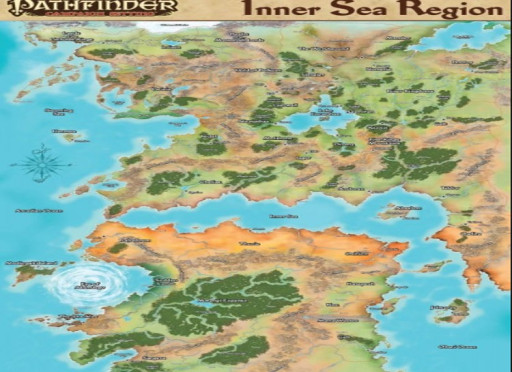
The world of Pathfinder is big. Even one town could theoretically provide a lot to do. Players with the inclination to explore nook and cranny should be allowed to do some exploring. However, there comes a time when you have to get the party back on track.
This is because you have a story to tell. Players wandering around aimlessly isn’t fun after a while. So you have to do some railroading once in a while.
Most of the time, this takes a simple nudge. Maybe an NPC casually reminding the party that they have an objective. If you’re using a GMPC, having them inform the players that they have a job to do is a good way to do it.
A lot of players will get bored if they aren’t making meaningful progress in a story. If they’re just wandering because there’s an obsessive explorer in the party or just want to do everything but the story, they’ll be inclined to leave the group. I’ve seen this happen several times. So it’s important to get things on track.
1. But Don't be Afraid to Improvise
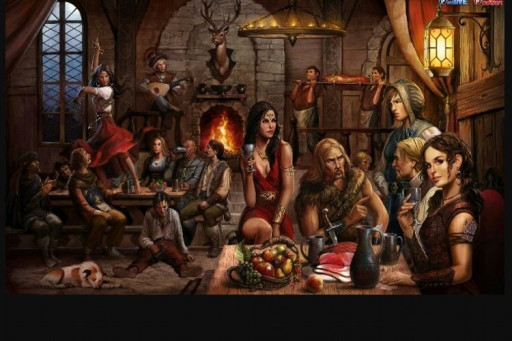
No GM’s plan survives contact with the party. No party’s plan survives contact with the GM. This often requires everyone to improvise and go with the flow. This can often be fun in its own right.
Improvisation is a key skill for GMs. It’s not an easy skill to learn but it is necessary. Maybe the players are tackling events in a different order than you planned. Sometimes, players can be savvy and solve problems in a way you never planned for. Or maybe they caused new problems.
How this works is up to you. Maybe instead of going out to fight the goblins, they’ll explore the city and fight in a warehouse of petty criminals. You accomplished the same goal of introducing combat mechanics but gave the players more agency. Sometimes improvisation can mean giving the players a choice of missions.
Improvisation gives players more agency. They don’t feel like they’re being forced on one path. And improvisation, in and out of combat, often leads to hilarity and memorable moments. By giving players more choices and going with the flow, you’ll make the game more fun.

